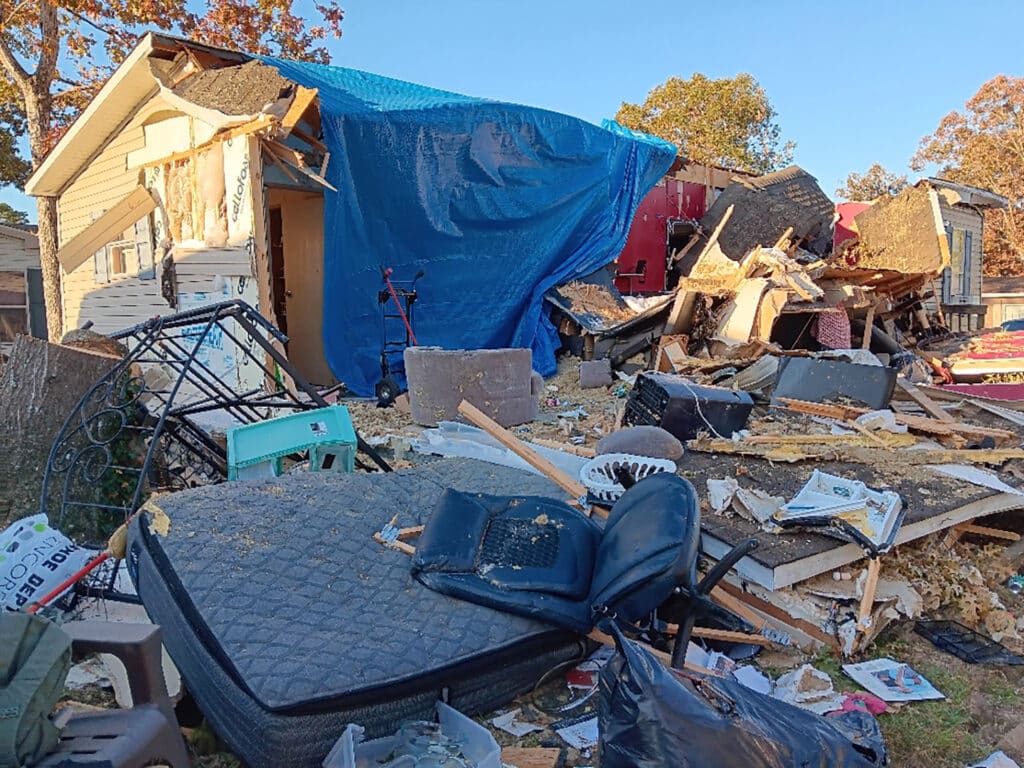NASHVILLE ? The proposal of the Great Commission Resurgence Task Force to remove geographical barriers preventing the International Mission Board from working with unreached people groups “on American soil” will not likely result in missionaries being assigned stateside, nor will it result in churches planted by IMB personnel, said IMB President Jerry Rankin.
For the Southern Baptists of Texas Convention, the proposal is nothing new. The Texas Missions Initiative (TxMI) launched by the SBTC last year includes the priority of reaching the rising number of unreached people groups (UPGs) and immigrant groups to the state by assigning people group missionaries to work with specific ethno-linguistic people groups.
In an interview with the Florida Baptist Witness, Rankin said he supports Component 3 of the GCRTF progress report made to the Southern Baptist Convention’s Executive Committee, Feb. 22, which asks “Southern Baptists to entrust to the International Mission Board the ministry to reach the unreached and under-served people groups without regard to any geographic limitations.”
Rankin said, however, there should not be an expectation that the IMB will place missionaries throughout the United States because “it’s a matter of proportion” and indigenous strategies. Instead, the soon-to-be-retiring president said he envisions the IMB’s primary role will be to mobilize, train, equip and mentor local churches, associations, state conventions and the North American Mission Board.
“It will be a partnership,” Rankin said. “It’s not an exclusive role that the IMB is going to do for Southern Baptists in this assignment. Our role is to facilitate, enable all Southern Baptists to fulfill the Great Commission, and so that’s how I would anticipate our approaching this aspect of the Great Commission task in America.”
Although the progress report indicates the GCRTF is “unleashing the International Mission Board upon American soil,” Rankin said NAMB and others have already encouraged IMB to help them reach ethnic and other peoples in the states.
“I don’t see this really as very radical. I don’t see it as conflicting and overlapping of turf with North American Mission Board, a potential conflict as some had conjectured,” Rankin said. He noted IMB and NAMB administrators and boards already meet twice a year to collaborate on some efforts.
UNENGAGED AND UNREACHED PEOPLE GROUPS
Rankin said the top priority for the IMB is the Unengaged Unreached People Groups (UUPG), of which there are 41 with a population of more than a million and 469 with a population of more than 100,000. These groups have no access to churches, other Christians, Scripture or Christian resources in their heart language ? and no mission agency.
The GCRTF believes a new synergy can be created in international missions as the SBC makes use of IMB expertise. “Most of the 586 people groups that do not speak English in the United States have strategy coordinators working overseas with the same groups,” stated GCRTF chairman Ronnie Floyd in making his report.
Among UPGs, Rankin said, less than 2 percent of the population is born again, and there is no active church planting movement or gospel witness for the remaining 98 percent. Of 11,000 people groups throughout the world, over 4,000 are considered unreached.
Considering the hundreds of UUPGs around the world who have no access to the gospel, and over 4,000 UPGs who have limited exposure to the gospel, Rankin said he is positive about the proposed new strategy.
Citing prolific work among immigrant groups in the U.S., such as Vietnamese, Hispanics, Slavs and Haitians, Rankin said the state conventions “don’t have the capacity, the focus” to reach other people groups that are less populous. “They really don’t have the training or the expertise in those cultural worldviews that we would have,” he said.
As an example of the type of training the IMB could provide for North American missions, Rankin noted the “Great Commission














